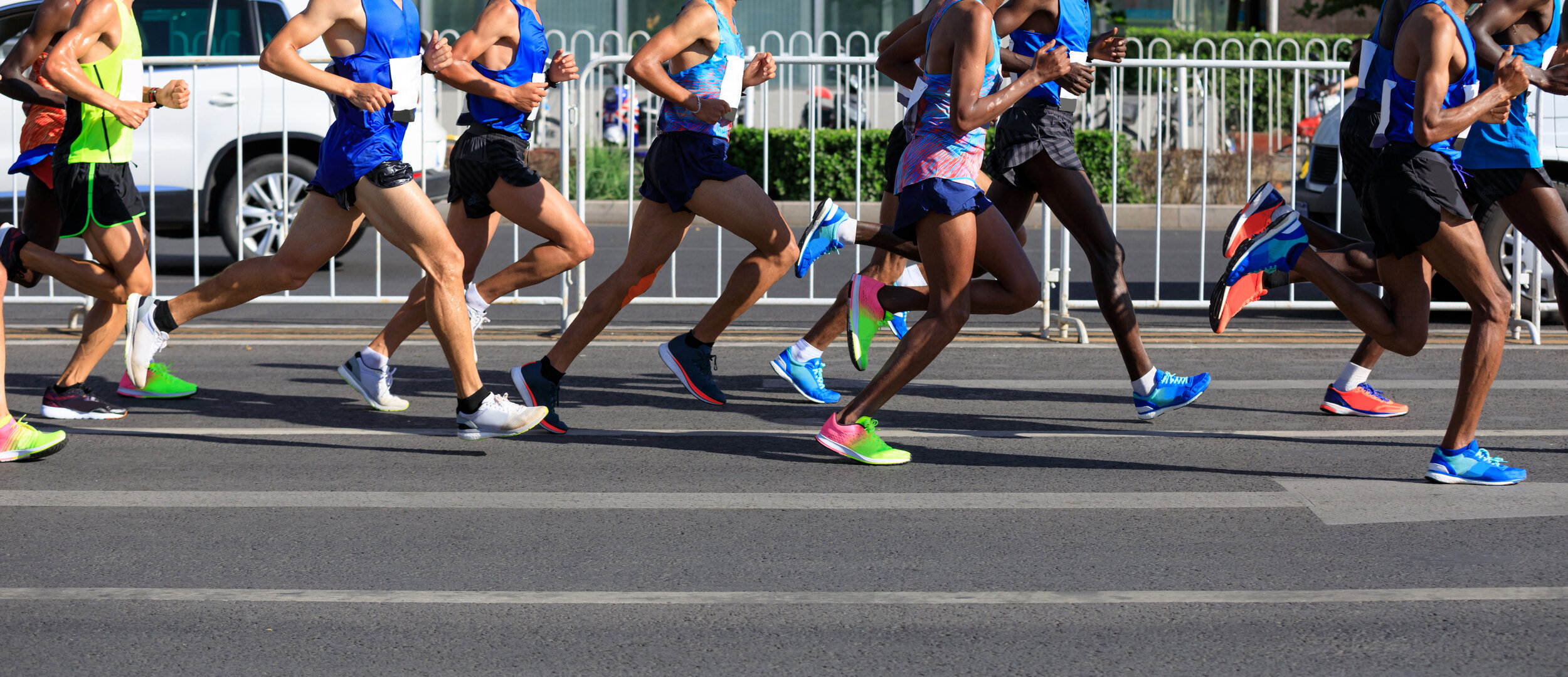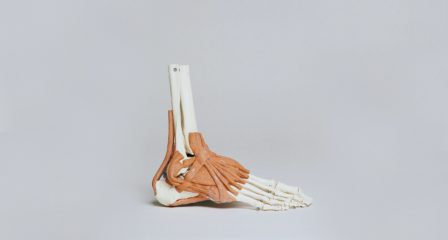FACT: Diet and sleep are significant contributors to injury risk
So incredibly true. Avoiding running injuries can be tricky. There are many things that need to be considered, and these things will be different for every runner.
i.e. There is a significant link between energy availability and injury; Those who sleep <8 hours per night are more likely to sustain an injury than those who sleep for longer.
FACT: Strength training will help improve your running performance and reduce your injury risk
Including strength training as part of your running program has been shown to improve run performance across sprint to endurance distance events. Strength training programs need to be well designed to compliment your run program, and ensure that individual training years, strength and weakness are all taken into consideration.
MYTH: Changing my running technique will improve my performance
We see a lot of running injuries at The Injury Clinic; and we have a lot of clients asking about their running technique. Certain technique changes have been shown to have a positive impact on certain running injuries, but there is no ideal running technique.
Changing your running technique changes your loading profile and has been linked to reduced running efficiency in the short term, and an increased risk of “new injury”.
More often than not, we find that running technique reflects strength. It can’t be fixed with a cue, but tissues need to be strengthened to improve their tolerance to running load.
MYTH: I must aim for a step rate of 180
Running cadence. We hear a lot of different beliefs around running cadence. There is a relationship between cadence and pace, and there are individual variations in running cadence.
So aiming for 180 steps per minute for every individual across every pace perhaps isn’t advisable.
An increased cadence has been associated with positive outcomes in the management of certain injuries, but this is most often implemented as 10% quicker than preferred step rate, not 180.
As with any gait changes, changes need to be gradual and done for the right reasons. There is an associated risk of reduced running efficiency and increased risk of running injury whilst adapting to changes.



